Time needed: 1 hour
Off-road trail driving can be an exhilarating and adventurous activity for those seeking to explore the great outdoors. Whether you’re a seasoned off-roader or a beginner looking to embark on your first trail adventure, it’s essential to have a solid understanding of the necessary skills and precautions to ensure a safe and enjoyable experience. In this article, we’ll provide you with must-know off-road trail driving tips that will help you navigate challenging terrains and make the most out of your off-road journey.
Object Crossing
You should study and know the underside of your vehicle. Know the critical points you want to protect such as differentials, transfer case, and oil pan. You can protect these areas by additionally installing the best skid plates for Jeep. Be able to visualize where they are in relation to objects as you pass over them. Doing this will allow you to position the vehicle in such a way as to minimize the risk of damage. Below is a simple example of the worst way to cross an object.
The next picture shows how most people would approach an object mainly because it will provide a smoother ride for the passengers. Note: with this approach, you also risk tire sidewall damage or breaking the tire bead.
The best way to cross an object is shown in the next picture. It provides maximum ground clearance and protection of undercarriage components and by placing the tire, specifically the tread on the object which is designed for the abuse. Unfortunately, this also provides for the roughest ride.
Side Hill
Driving sidehill can be one of the most nerve-racking parts of trail use. Slow speed is critical this helps you have more time to react. Learn what you feel is a comfortable angle for your vehicle. Sidehill performance can be improved by widening the distance between the left and right side tires. Sidehill performance is decreased by lifting the vehicle, such as suspension lift kits, body lifts. Sway bars help on sidehill but stop the articulation we desire everywhere else. There are no simple answers you must find your vehicle’s setup that suits your driving habits. The most important thing to remember is if you sense your vehicle is going to roll overturn the wheels downhill, this will usually stop a rollover.
Never turn uphill which may feel like the natural thing to do. Just like we learned to counter-steer on slippery surfaces to avoid spin-outs, we must learn to turn downhill to avoid sidehill rollovers. Plan your sidehill approach try to leave room to turn downhill. Even if you have to turn downhill into a tree or boulder it is better than rolling over.
Down Hill
The key to going downhill is a slow speed. Use low range, low gear, and don’t engage the clutch. Be sure you are in a four-wheel-drive going down steep hills. Going down will shift all the weight to the front tires and in two-wheel drive, the rear tires may slip causing a loss of control. Never attempt to shift on steep downhills. Use the brakes only if necessary on the steepest downhills.
Be sure you don’t allow too much speed to be developed and then try to brake hard, you may find yourself rolling over frontwards if traction is good. If conditions are slick and you lock up the brakes you may find yourself sliding out of control. If you start to slide get off the brake, counter steer if necessary. A fast semi uncontrolled descend may be a nerve-rattling experience, but it is better than sliding sideways and finding yourself flipping down the hill.
Up Hill
Going uphill you have some options. You can use low range and low gear if you feel traction will be good and just crawl to the top. On the other hand, if conditions are slick or you have non-locking axles, Momentum is your friend. Approach with a little more speed but not too high of a gear where you might find yourself lugging or stalling halfway up the hill. Never attempt to shift while climbing steep hills, keep the clutch engaged. As you approach the top let the vehicle slow to a crawl as you crest or you might find yourself air-born. If you get stuck on the hill you may find the rear will be grabbing traction more than the front end due to the fact more of the vehicle’s weight is on the rear.
If the front end is slipping and due to the weight of the engine in the front of the vehicle. The front end may slide to either side and even try to turn you around. This is not the place for a U-turn, get off the gas go easy on the brake and let the vehicle roll back while counter-steering to straighten yourself out. Rollback to a more stable area on even the bottom of the hill. Give it another attempt using what you learned on your first attempt, maybe more momentum or a slightly different line.
If you attempt too steep of climb and traction is good your own horsepower makes pick up the front end. Let off the gas let it come back down, proper braking is important, sudden brake action or too much will add to the action of picking up the front end. After you get to the bottom you may need to call it quits before you do something you will regret.
WARNING: Always wear your seatbelt. Off-road vehicle operation is dangerous if not due caution is observed. Personal injury or even death can occur.
Off-road trail driving is a thrilling adventure that allows you to escape the confines of paved roads and explore nature’s beauty. However, it’s crucial to approach off-roading with knowledge, skill, and respect for the environment to ensure a safe and sustainable experience. By following these must-know off-road trail driving tips, you’ll be well-prepared to tackle various challenges that come your way.
Vehicle Preparation
Before heading out on the trails, it’s vital to prepare your vehicle for off-road driving. Here are a few key considerations:
- Inspect your vehicle thoroughly, including tires, brakes, fluids, and suspension.
- Install appropriate off-road tires to provide better traction on challenging terrains.
- Check that all essential equipment, such as recovery gear, a spare tire, and a first aid kit, is in good condition and readily accessible.
Choosing the Right Trail
Selecting the right off-road trail is essential for a successful and enjoyable experience. Consider the following factors when choosing a trail:
- Skill level: Choose a trail that aligns with your skill level and experience. Beginners should opt for easier trails while experienced off-roaders can tackle more advanced routes.
- Trail difficulty: Evaluate the difficulty rating of the trail, considering factors like terrain, obstacles, and elevation changes.
- Local regulations: Ensure that the trail you choose is legally accessible and follows all local regulations and restrictions.
Mastering Basic Off-Roading Techniques
To navigate off-road trails safely and effectively, you should learn and master some basic off-roading techniques. These include:
- Proper throttle control: Adjust your vehicle’s speed using the throttle to maintain control and prevent wheel spin.
- Correct braking technique: Apply brakes gently to avoid skidding and maintain stability.
- Understanding traction: Learn how to read the terrain and anticipate traction changes to adjust your driving accordingly.
- Negotiating obstacles: Approach obstacles at a slow speed and choose the correct line to navigate them successfully.
Understanding Trail Etiquette
Responsible off-road driving involves respecting the environment and other trail users. Follow these trail etiquette guidelines:
- Stay on designated trails and avoid damaging vegetation or wildlife habitats.
- Yield to other vehicles and hikers when necessary, especially on narrow or one-way sections.
- Keep noise levels to a minimum to preserve the tranquility of the surroundings.
- Pack out all trash and leave the trail as you found it to maintain its natural beauty.
Safety Measures
Safety should be a top priority when engaging in off-road trail driving. Here are some essential safety measures to follow:
- Wear seatbelts at all times, and ensure all passengers are properly secured.
- Communicate your travel plans with someone who is not joining you on the trip.
- Carry a reliable communication device, such as a mobile phone or a two-way radio, for emergencies.
- Be aware of weather conditions and potential hazards, and adjust your plans accordingly.
Recovery Techniques
Even with proper preparation and caution, getting stuck or encountering challenging situations is always a possibility when off-roading. Here are a few recovery techniques to help you overcome such situations:
- Use traction aids like sand tracks or recovery boards to regain traction when stuck in sand, mud, or snow.
- Employ winching techniques to pull your vehicle out of deep mud or other difficult situations.
- Practice proper jacking and recovery points to ensure safe vehicle recovery operations.
Vehicle Maintenance
Regular vehicle maintenance is crucial to keep your off-road vehicle in optimal condition. Pay attention to the following maintenance tasks:
- Regularly check and change fluids, including engine oil, coolant, and differential fluids.
- Inspect and clean air filters to prevent dust and debris from entering the engine.
- Grease suspension components to maintain smooth operation and prevent premature wear.
- Check and tighten all bolts and connections to ensure they remain secure during off-road driving.
Conclusion
Off-road trail driving is an exciting way to explore the great outdoors and challenge yourself. By following the must-know off-road trail driving tips provided in this article, you’ll be well-equipped to embark on your off-road adventures with confidence. Remember to prioritize safety, respect the environment, and always be prepared for unexpected situations. Now, go out and enjoy the thrill of off-road trail driving!
FAQs
What should I do if my vehicle gets stuck during off-road driving?
If your vehicle gets stuck, first assess the situation and try using traction aids or recovery techniques. If you can’t resolve the issue on your own, seek assistance from fellow off-roaders or professional recovery services.
Can any vehicle be used for off-road trail driving?
While many vehicles can handle light off-roading, it’s advisable to use a vehicle with four-wheel drive, adequate ground clearance, and off-road capabilities for more challenging trails.
How can I improve my off-roading skills?
To improve your off-roading skills, practice regularly, join off-road clubs or training programs, and learn from experienced off-roaders. Experiment with different terrains and obstacles to broaden your skillset.
Are there any environmental concerns associated with off-road trail driving?
Yes, off-road trail driving can have environmental impacts if not done responsibly. It’s crucial to stay on designated trails, avoid damaging vegetation, and respect wildlife habitats to minimize negative effects on the environment.
What should I do if I encounter wildlife on the trail?
If you encounter wildlife on the trail, keep a safe distance and observe from afar. Avoid approaching or disturbing them, as it can cause stress and harm to the animals. Respect their natural habitat and give them space to move freely.


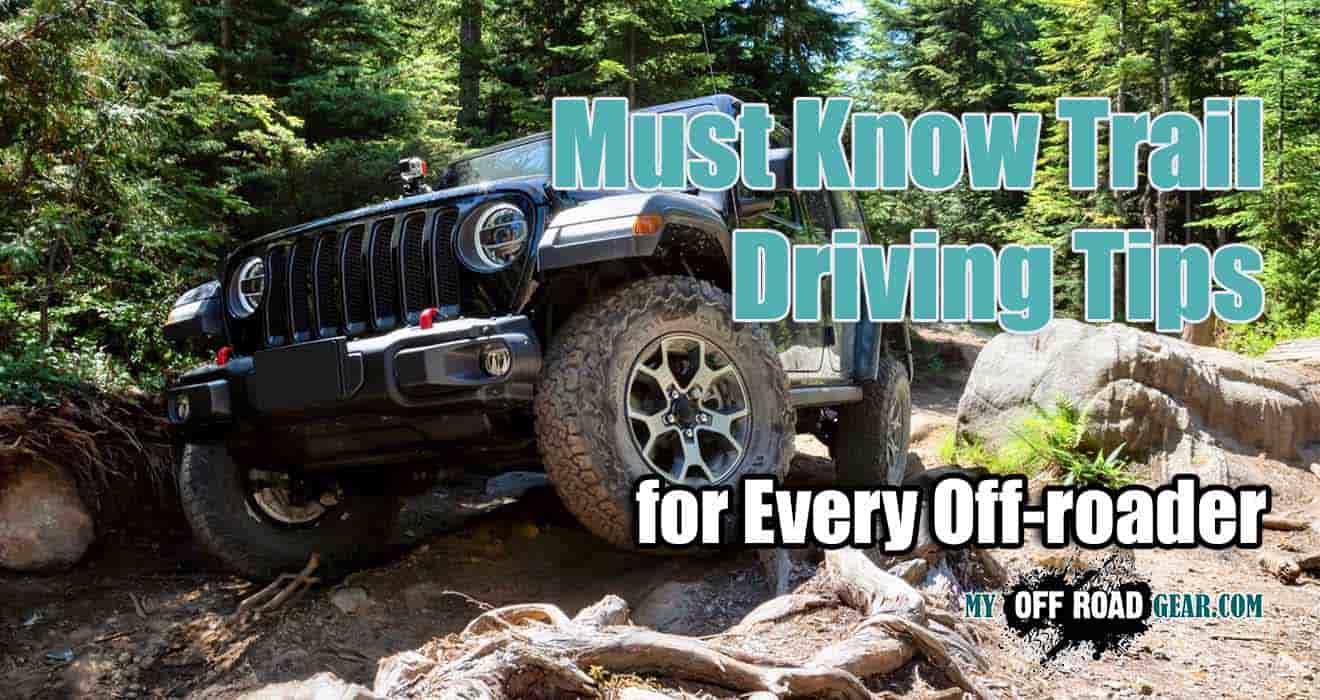
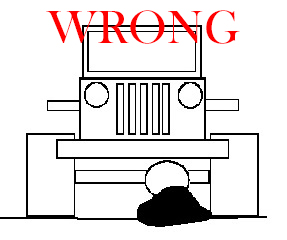
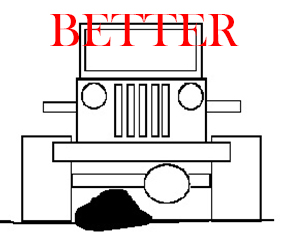
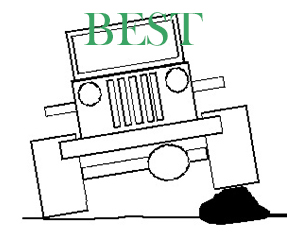
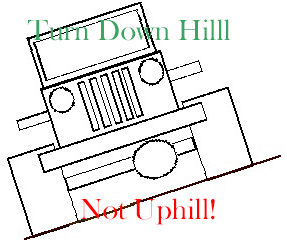
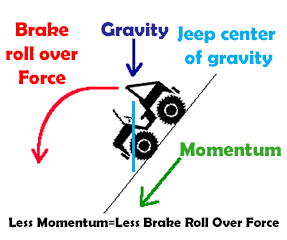
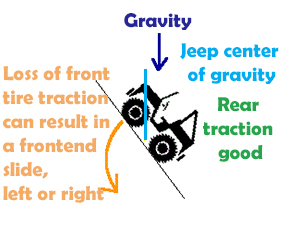
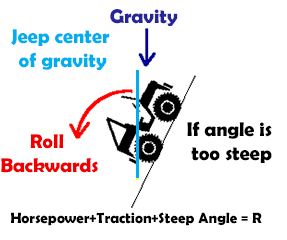
Add Comment